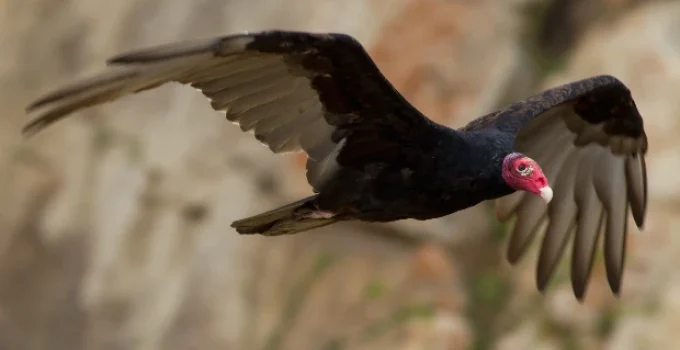Why Do Birds Have Hollow Bones?
Birds have hollow bones to make their bodies lighter and better for flying. These bones, called pneumatic bones, are filled with air spaces instead of heavy marrow. This smart design reduces weight without making the skeleton weak, helping birds stay strong and airborne.
🔎 | According to the Smithsonian Institution, hollow bones are one of several special features birds evolved to master flight [1].
But there’s more to hollow bones than just being light—they also play a role in breathing and energy. Let’s dive in!
Dive Deeper
- What Are Hollow Bones?
- How Hollow Bones Help With Flight
- Are Hollow Bones Weak?
- Other Animals With Hollow Bones
- Fun Fact Table: Bird Bone vs. Human Bone
- 🎯 Final Thoughts
- 📚 References
What Are Hollow Bones?
Hollow bones are bones with air-filled spaces inside. These spaces are connected to a bird’s respiratory system, helping with both:
- Lightness – Less bone material means less weight.
- Breathing – The air spaces connect to air sacs that make bird breathing super efficient.
These bones aren’t empty like straws. Instead, they have thin internal supports called struts that keep them strong and structured—just like the metal beams inside a bridge.
🦜 | Birds aren’t the only animals with hollow bones—but they’ve adapted them perfectly for life in the air.
How Hollow Bones Help With Flight
Flying is hard work! Birds need powerful muscles and light bodies to get off the ground and stay up. Hollow bones help by:
- Reducing weight – Lighter bones mean birds need less energy to fly.
- Improving balance – Air-filled bones help keep birds stable in the sky.
- Enhancing breathing – Because their bones are linked to air sacs, birds can take in more oxygen, which powers their flight muscles.
✈️ | A bird’s respiratory system is so efficient that it can get oxygen both when breathing in and out—a big advantage during flight!
Are Hollow Bones Weak?
You might think hollow bones are fragile—but they’re strong and sturdy thanks to special design features:
- Internal struts give support and prevent bending.
- Shorter bone length and cross-bracing make the skeleton strong under pressure.
- Bone density is actually higher than in mammals, which adds strength where needed.
💪 | A study by the University of Massachusetts showed that bird bones are dense enough to handle flight stress, even more so than human bones of the same size [2].
Other Animals With Hollow Bones
Birds aren’t alone! Some dinosaurs and other creatures had hollow bones too:
- Pterosaurs – Flying reptiles with long, hollow bones for gliding.
- Theropod dinosaurs – Like Velociraptor and T. rex, these ancestors of birds had air-filled bones.
- Bats – While they don’t have hollow bones, they do have light skeletons adapted for flight.
🦕 | The fact that both birds and some dinosaurs had hollow bones helps support the theory that birds evolved from dinosaurs [3].
Fun Fact Table: Bird Bone vs. Human Bone
| Feature | Bird Bone | Human Bone |
|---|---|---|
| Hollow (Air Spaces)? | ✅ Yes | ❌ No |
| Connected to Breathing? | ✅ Yes (via air sacs) | ❌ No |
| Bone Density | High (in walls) | Medium |
| Weight | Light overall | Heavier overall |
| Extra Support Inside? | ✅ Yes (struts) | ❌ No struts |
🎯 Final Thoughts
Why Do Birds Have Hollow Bones? Hollow bones are one of the smartest designs in nature. Birds don’t just have lightweight bones—they have strong, efficient skeletons built for flight. These bones help them breathe better, move faster, and soar higher. While they may look delicate, they’re a powerful part of how birds survive and thrive in the skies.
So the next time you see a bird in flight, remember—it’s not just feathers and wings doing the work. It’s hollow bones working quietly behind the scenes.
📚 References
- Smithsonian National Museum of Natural History. (2020). Adaptations for Flight. https://naturalhistory.si.edu
- Habib, M. B. (2010). Structural characteristics of bird bones. Proceedings of the Royal Society B, 277(1690), 1885–1892.
- Chiappe, L. M. (2007). Glorified Dinosaurs: The Origin and Early Evolution of Birds. Yale University Press.
- National Audubon Society. (2019). How Birds Fly. https://www.audubon.org/news/how-birds-fly
